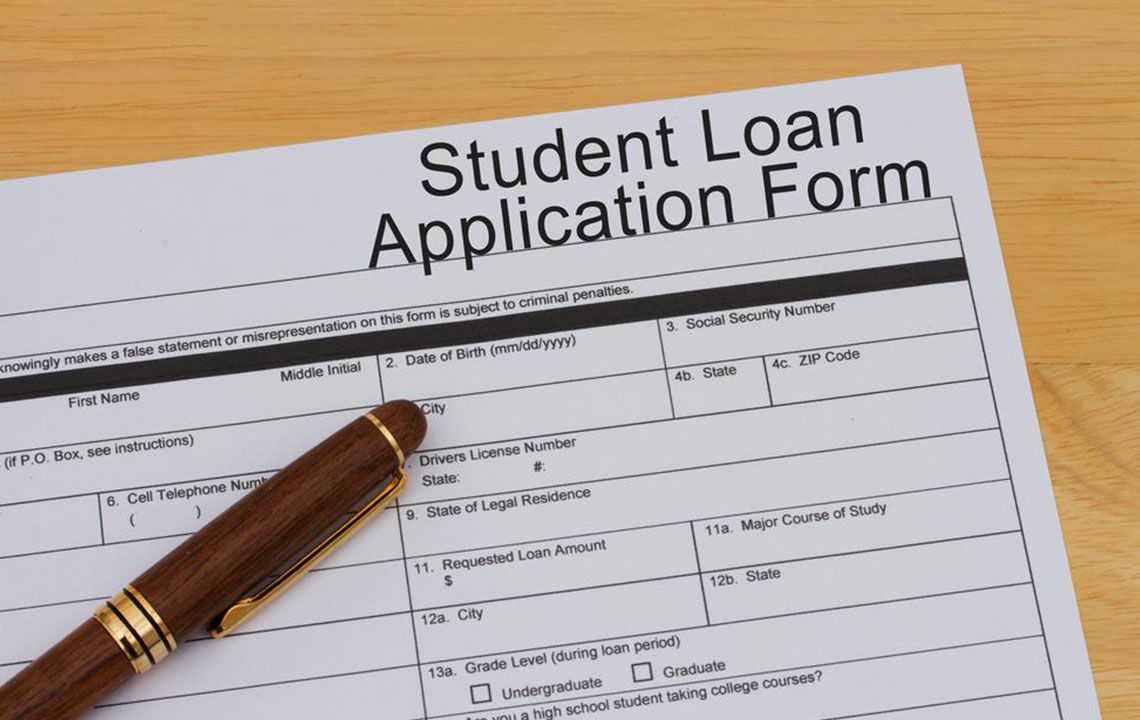Comprehensive Guide to Securing Funding for Your Massage Therapy Education
This extensive guide provides aspiring massage therapists with detailed strategies to secure financial assistance for their education. Covering grants, scholarships, loans, employment opportunities, and accreditation insights, it aims to help students graduate with manageable debt. The article emphasizes the importance of early research and choosing the right program to ensure a successful and financially sustainable start to a massage therapy career.

How to Obtain Financial Support for Your Massage Therapy Training and Education
Embarking on a career in massage therapy begins with selecting the right educational institution. Choosing a suitable school is a pivotal decision that impacts your future career prospects and your financial investment. When exploring possible programs, it’s crucial to conduct extensive research to identify the institution that provides the best combination of quality education, affordability, and support services. The most highly ranked school isn't necessarily the best choice for everyone; instead, the focus should be on value—how well the program aligns with your career goals, budget, and learning preferences.
Factors such as faculty expertise, teaching methodologies, campus facilities, and community support play vital roles in your educational experience. However, among these, tuition costs and available financial aid options are often decisive, especially for students seeking to minimize debt. Fortunately, numerous financial assistance avenues are available for aspiring massage therapists, enabling many students to graduate debt-free or with manageable loans.
Financial support options include federal and state grants, scholarships from private foundations, institutional scholarships, and specific aid programs tailored to vocational students. Federal grants like Pell Grants do not require repayment and are awarded based on financial need. Scholarships can be merit-based or need-based, and many are specifically designated for healthcare or therapeutic training students. Private loans and installment payment plans provide additional options to spread out tuition payments, easing immediate financial burdens.
Other innovative financial assistance methods include tuition forgiveness programs, which eliminate debt for students who meet certain employment or service requirements post-graduation. Tax credits aimed at educational expenses may also provide financial relief when filing taxes. For students who are veterans or active military personnel, there are specific benefits such as the G.I. Bill or military educational assistance programs that can significantly offset costs. Additionally, government-supported savings programs like 529 plans or prepaid tuition schemes can be utilized to fund massage therapy studies.
Beyond financial aid, employment opportunities on or near campus can help cover expenses. Many massage therapy schools collaborate with local spas, wellness centers, or clinics to offer part-time work, internships, or apprenticeships. These opportunities not only contribute to your financial needs but also provide valuable hands-on experience that enhances your learning and future employability.
Understanding the variety of financial aid options available is paramount. Each program and school may have its own policies regarding aid acceptance, so prospective students should verify this information early in the application process. Direct communication with admissions offices via phone or email can clarify these policies. Furthermore, schools’ accreditation status significantly influences both tuition costs and the quality of education received. Accredited institutions tend to charge higher tuition but offer recognized certification, better educational resources, and improved job prospects after graduation. Therefore, vetting accreditation status is an essential step before enrolling.
In summary, securing financial assistance for massage therapy education involves a multi-faceted approach—combining grants, scholarships, loans, employment, and savings plans. By thoroughly researching all available options, verifying aid acceptance policies, and choosing an accredited school, students can make informed decisions that facilitate a smooth educational journey without overwhelming financial burdens. With careful planning and resource utilization, aspiring massage therapists can achieve their career goals efficiently and economically.
Securing comprehensive financial aid is essential for students pursuing massage therapy programs. Exploring federal grants, scholarships, installment plans, and veteran benefits helps reduce tuition costs. Verifying each school’s financial aid policies and accreditation status ensures an informed decision-making process. Combining work opportunities with financial support options allows students to graduate without excessive debt, paving the way for a successful career in massage therapy.





